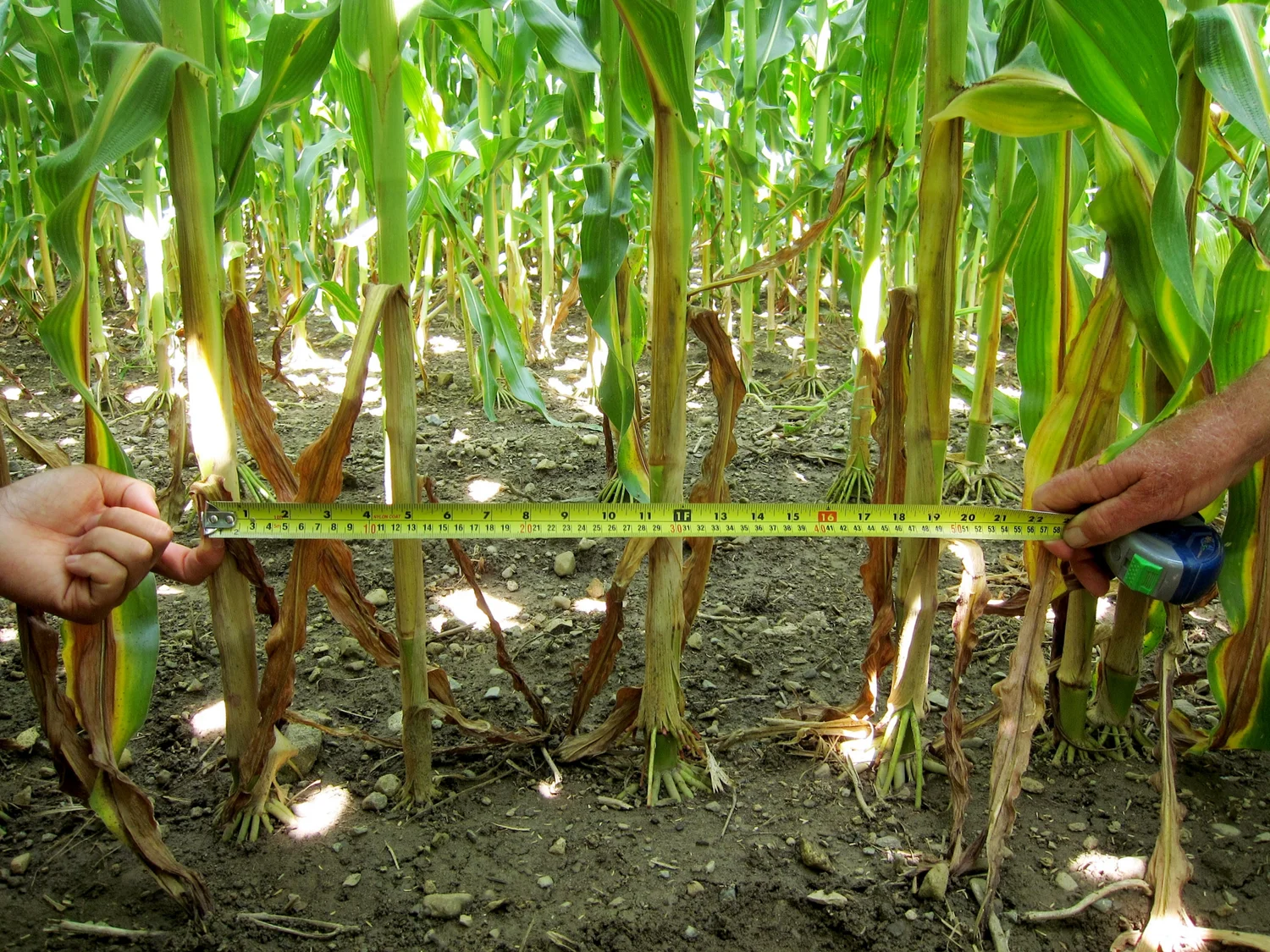Other Crops Farmers Community
Crop density per hectare: Understanding Its Importance in Agriculture
- This topic is empty.
- AuthorPosts
- March 11, 2025 at 11:12 pm #590534
 Agric4ProfitsKeymaster
Agric4ProfitsKeymasterCrop density per hectare refers to the number of plants that are cultivated within one hectare of land. It is a critical factor in agricultural productivity, influencing crop yield, plant health, and resource utilization.
The ideal crop density varies depending on the type of crop, soil quality, climate, and farming practices. By managing crop density effectively, farmers can maximize land usage while ensuring the health and growth of the plants.
This article will delve into the concept of crop density per hectare, exploring its significance and how it affects overall agricultural performance.
1. Factors That Influence Crop Density
Several factors determine the optimal crop density per hectare. These include the type of crop being grown, the soil fertility, irrigation systems, and the region’s climate.
For instance, high-density crops like maize or wheat require more space between plants to ensure adequate sunlight, water, and nutrients. In contrast, crops like legumes or leafy vegetables may thrive in closer proximity.
Additionally, environmental factors such as rainfall patterns and temperature fluctuations also impact how densely crops can be planted without compromising their health. Understanding these factors allows farmers to adjust crop density to suit specific conditions for maximum productivity.
2. Effects Of High Crop Density
High crop density can lead to both positive and negative outcomes depending on how it is managed. On the one hand, planting crops closer together can maximize land use and potentially increase yields per hectare.
However, if crop density is too high, it can lead to overcrowding, where plants compete for sunlight, nutrients, and water.
This competition can stifle growth, reduce the size of the crops, and increase susceptibility to diseases and pests. Moreover, a high crop density might result in poor air circulation, raising humidity levels that encourage fungal infections. Therefore, careful management is essential to avoid the negative effects of high crop density.
3. Effects Of Low Crop Density
On the other hand, low crop density per hectare has its own set of advantages and drawbacks. A lower density allows more space for individual plants to grow, which can enhance their health and development.
This often results in stronger, larger plants that are less vulnerable to stress from disease or pests. However, low crop density also means that not all available land is being utilized, which may lead to reduced overall yields per hectare.
Additionally, crops grown at low density might not be able to shade the soil effectively, leading to higher water evaporation rates and potential soil erosion. Farmers must balance these trade-offs to optimize crop production.
4. Crop Density And Resource Utilization
Resource utilization is closely tied to crop density. When crops are planted at an optimal density, they can make the best use of available water, nutrients, and sunlight.
A balanced crop density helps prevent resource wastage, as plants can access what they need without excessive competition. In contrast, improper crop density can lead to inefficiencies. For example, excessive irrigation might be required for overcrowded crops, and too many plants may deplete the soil of nutrients faster than they can be replenished.
Conversely, plants spaced too far apart may not effectively shade the soil, leading to faster drying out and a need for additional water. An efficient crop density ensures that resources are used sustainably, reducing the need for additional inputs.
5. Adjusting Crop Density for Sustainable Farming
Adjusting crop density is a key component of sustainable farming practices. As global agriculture faces increasing challenges such as climate change, resource depletion, and population growth, optimizing crop density can improve land-use efficiency while minimizing environmental impact.
Practices such as precision farming, which involves using technology to monitor crop health and soil conditions, help farmers make data-driven decisions about how densely to plant crops.
Additionally, crop rotation and intercropping techniques can enhance the sustainability of high-density farming, allowing the soil to recover while maintaining high productivity. By adjusting crop density, farmers can create more resilient farming systems that contribute to long-term food security.
Crop density per hectare is a vital aspect of agricultural planning and management. By understanding the various factors that influence crop density and the benefits and challenges associated with both high and low densities, farmers can make informed decisions that enhance crop yields and preserve soil health.
Effective management of crop density leads to better resource utilization, improved plant health, and more sustainable farming practices. As agriculture continues to evolve, the importance of optimizing crop density will remain a key factor in ensuring the future success of the industry.
Read Also:Agronomic Productivity And Organic Fertilizer Rates On Cabbage
- AuthorPosts
- You must be logged in to reply to this topic.

